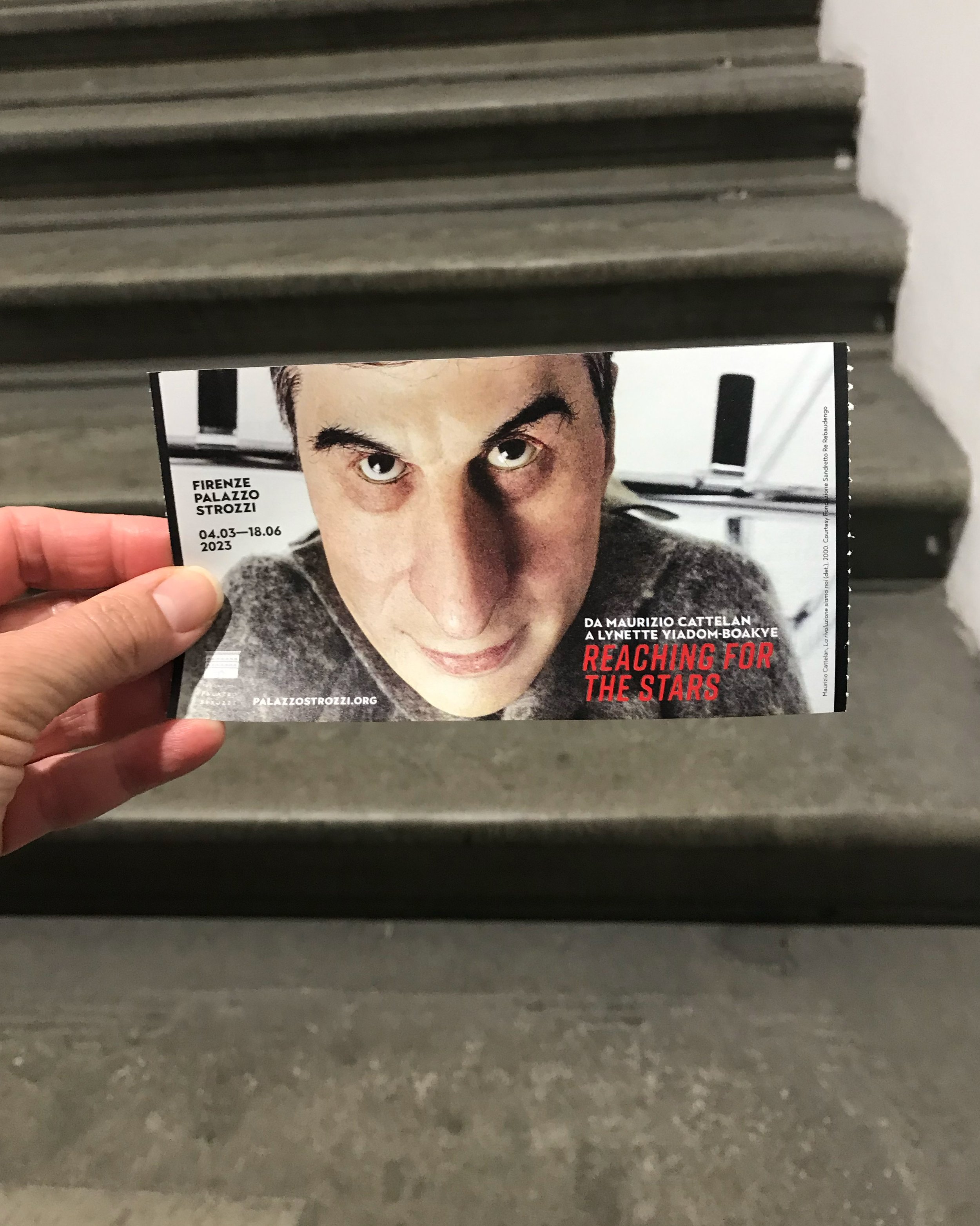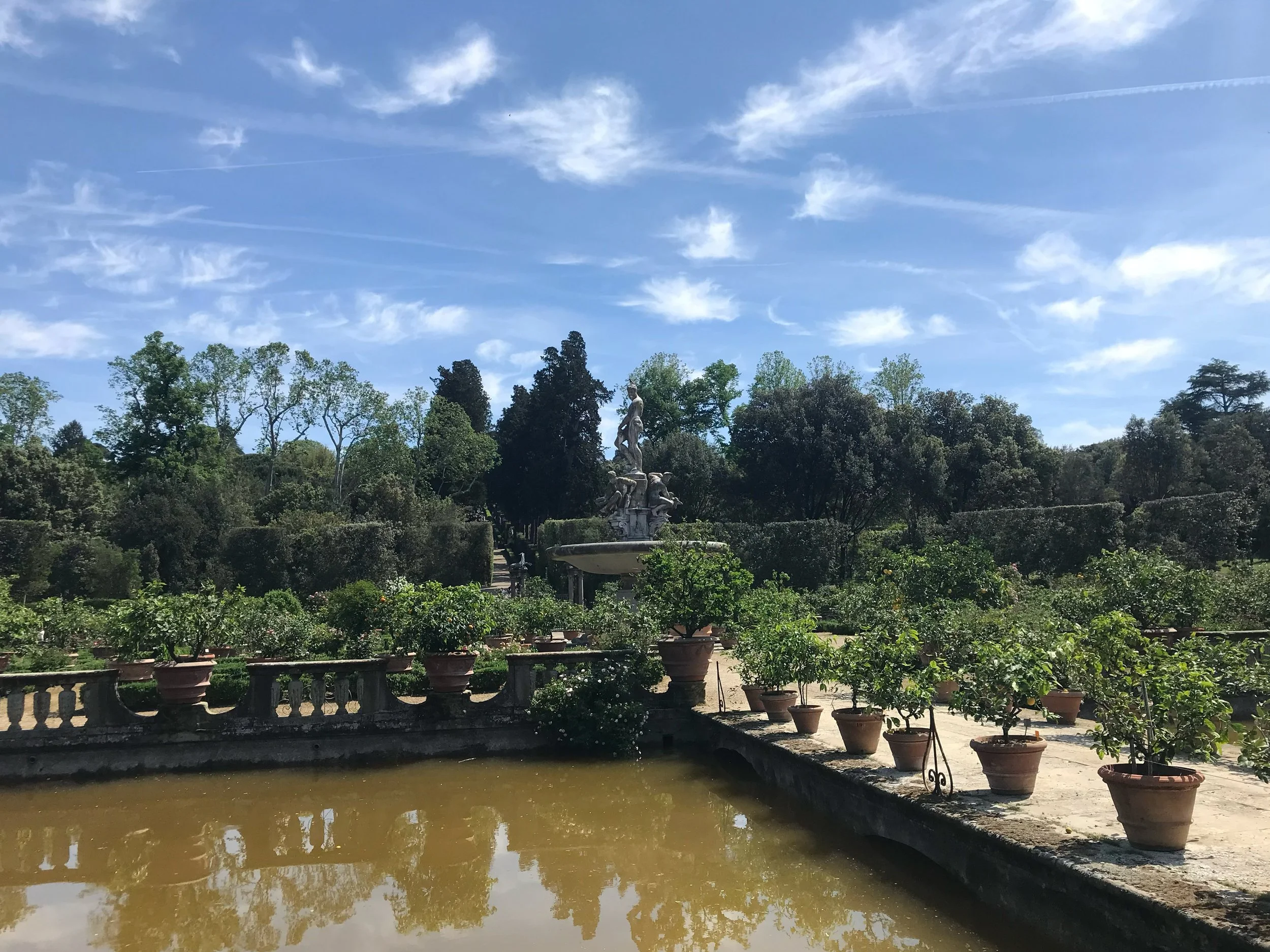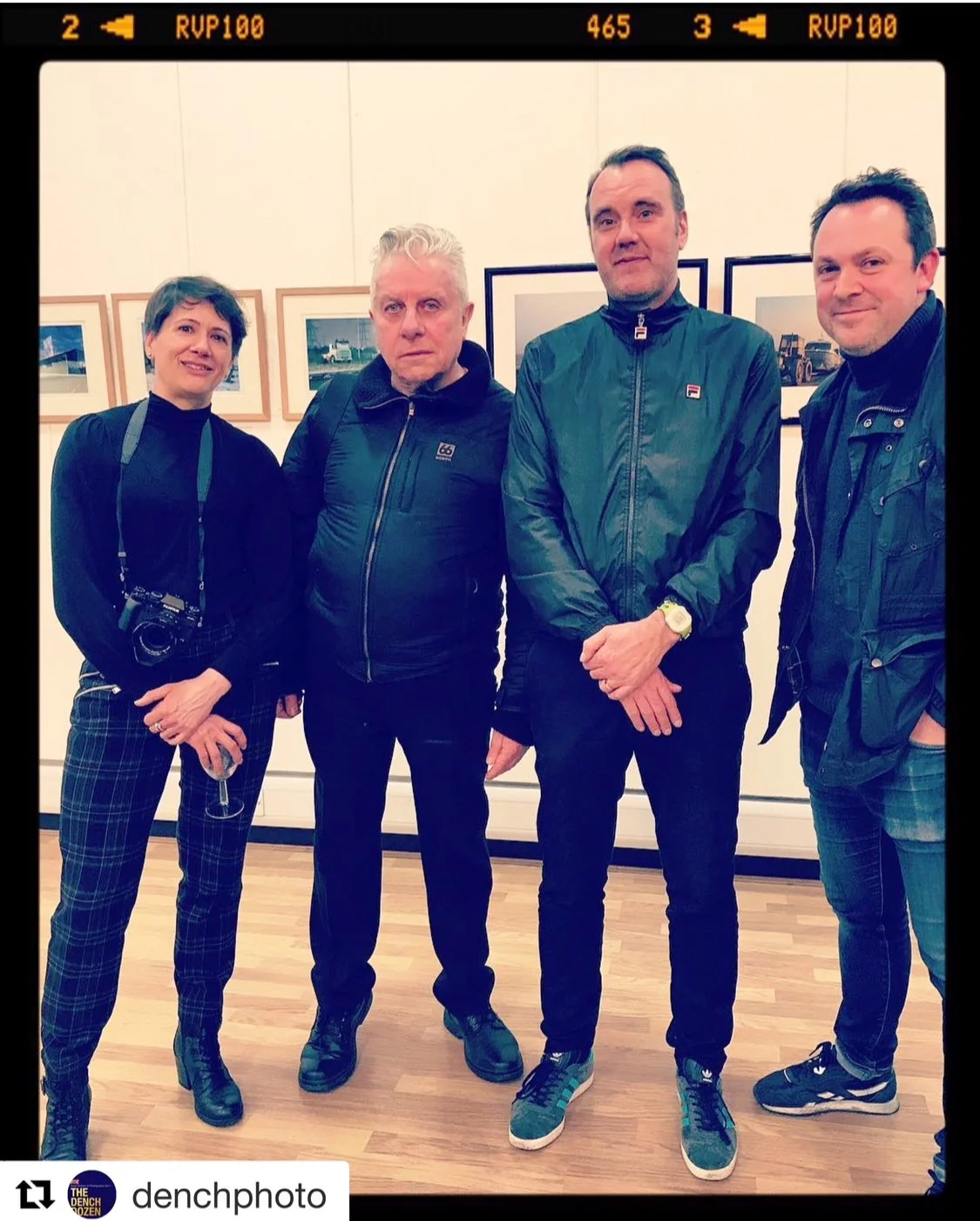Finding Lisetta Carmi and embracing her spirit
Hello Dear Reader!
The writing of this blogpost has been unintentionally long, as it has been completed in many stages, but here we are, and I hope this finds you well.
Almost a whole year ago I had the pleasure of visiting Florence with my friend Alex, who shares my love of life and exploration. We were very lucky with the weather, walked our way around the city, and took advantage of the well priced wine!
On one of these walks we were up at Piazzale Michelangelo where we enjoyed views over the city. Alex spotted an advertisement for a Contemporary Art exhibition, which after having spent a long time viewing ancient relics we thought we should balance it out with viewing some art created within the last two centuries! We did our internet searches, and located the venue, Palazzo Strozzi: a grand building that we later gleaned some interesting historical facts about as part of a brilliant walking tour.
The exhibition was curated by Arturo Galansino under the collective name of Reaching for the Stars. It included over 70 works by leading Italian artists such as Maurizio Cattelan and renowned International artists such as Sarah Lucas, Lynette Yiadom Boakye and Cindy Sherman.
I really enjoyed Lara Favaretto’s installation Gummo V, 2012 which reimagines the Car Wash, and transports it into a completely new realm. It was mesmerising.
After the show we were mooching around the grand central courtyard, which is where Alex picked out a flyer as she nosed her way through a leaflet stand. It was advertising a photography exhibition that was showing at Villa Bardini in Boboli Gardens. Alex presented the flyer to me asking “have you heard of her?” I hadn’t, and the Her she was referring to was Lisetta Carmi. We already had plans to visit the gardens on the Sunday of our stay, so agreed we would visit the exhibition if we had time. By luck that was the first Sunday of the month, which is when the gardens, and many other cultural venues across the city allow free entry. Good work Florence!
Boboli and Bardini link together via a small road, so I can assure you that this image was made in one of them!
We snaked our way through the magnificent grounds in an uphill direction, taking in the Rose garden, water features, and various sculptures en-route. Crossing from one park to another we admired the views over the city and made our way to Villa Bardini. The exhibition was spread across two floors and was displayed throughout several rooms on each, leading the visitor on a journey of discovery. Due to the timelapse I cannot recal if it was set in chronological order, but it was certainly split into different documentary photo-stories that spanned the years of Lisetta’s unexpected, and lengthy career as a Photographer. She began adult life as a musician, and had enjoyed a career as a Concert Pianist, but fate played it’s hand: coupling her innate empathy for others and a holiday with a friend, on which she took many pictures on a basic camera. Later, when the pictures were developed, they received great adulation from friends, and spurred her to pursue her photographic journey. Lisetta had enjoyed the trappings of being from a wealthy family, but experienced upheaval as a child, when due to the rise of Fascism in Italy her Jewish family moved to Switzerland. Her road into understanding the plight of the downtrodden was sparked by this experience.
The majority of Lisetta’s works were in Black & White, which emphasised the stark conditions of Steel workers for instance in the Port of Genoa series: One image shows Dock workers with their feet wrapped in sackcloth, perhaps to protect their shoes, or to act as shoes themselves. Some of Lisetta’s most well known work is of the transvestite community from the old town in Genoa, which was shot from around 1966 unto 1972. The book I Travestiti was published at the time (by a publishing house established specifically to print the book), but many bookshops would not stock it. After an archive of colour images from this series were discovered in 2017 a subsequent Book, which is an extension of the first was published in 2023. Some of the gentle and intimate images from that book were displayed in colour at the exhibition in Italy, offering human insights into lives that ‘polite society’ would prefer was hidden.
Lisetta Carmi died at the age of 94, less than a year before this exhibition was held. She touched the lives of many and shone a light on the difficulties that some of us face on our journeys through this world.
Onafai, Sardinia
Steel workers in the Port of Genoa.
Another photographer, who I did know and had met on many occasions passed away in February, so I would like to pay tribute to him here. Brian Griffin was a well revered man, and it was only following his passing that I learned so much more about his raison detre. It was just a few days after he died that I heard about his passing on my photography-group chat as a couple of mutual friends knew him very well. Over the days and weeks that followed, Instagram, and no doubt other platforms were flooded with messages of condolence, saying how much Brian had brought to the world of photography, through his innovation, daring and kindness. These came from individual photographers, galleries and institutions. The Guardian printed a wonderful obituary for him.
The first time I caught sight of Brian was at Format Festival in Derby around 2016. He was the proud Patron of Format Festival from 2009 and until his death. I recall him appearing on stage in front of the audience, looking sharp, in what my memory tells me was some kind of black cape, with his silver hair trained into an enviable Quiff. Over the years I have met Brian at many shows and events, and he always has time for a chat. On the last occasion I had a long conversation with him, and we discussed my desire to turn a long-term project into a book. Having published a good number of books himself, he said it was easy and and that he’d be happy to give me some pointers for self- publishing. Short of a Ouiji Board that offer is no longer available.
I did not post anything about Brian’s passing on my social media at the time as I didn’t feel I knew him as well as many others, but ironically I have ended up in a collection of iconic images with Brian over the years (Iconic for the people in the pictures, not because they are known by the masses!).
This was taken by Elizabeth Brown at Photo London 2018, when I was the editor of fLIP magazine. A good time to be seen with (from L-R) Amanda Eatwell, Bruce Gilden, Martin Parr and Brian Griffin.
As well as making corporate photography interesting, through his Dystopian black & white images of Office workers, Brian’s most famous images are of album covers and Band photographs for Depeche Mode and Echo & The Bunnymen: the ideas as pioneering as ever. He worked for Rolling Stone, the Face, Esquire, Time Out, the Sunday Times and the Observer. He also shot advertising campaigns for British Airways, BMW and Levi Jeans.
Then there was that time that the Crouch End arm of London Independent Photography had an exhibition, and along came (L-R) Me! Brian Griffin, Peter Dench and James O Jenkins. This was taken on Peter’s phone, but I do not recall who took the picture I’m afraid.
And so, dear readers, my advice is to always keep an open-mind, be ready for opportunities, and make the most of every day, even the ones that test you, especially the ones that test you.
I am confident in saying that next month’s blog will signal the return of the almost-once-a-month blogpost, and will contain some exciting content!
Until then, stay well,
Amanda x
I was admiring the carving!







